The Difference Between Coins and Rounds: What Investors Need to Know
18/11/2025Daniel Fisher
Free & fully insured UK Delivery. Learn more
Secure & flexible payments. Learn more

Buyback Guarantee Learn more
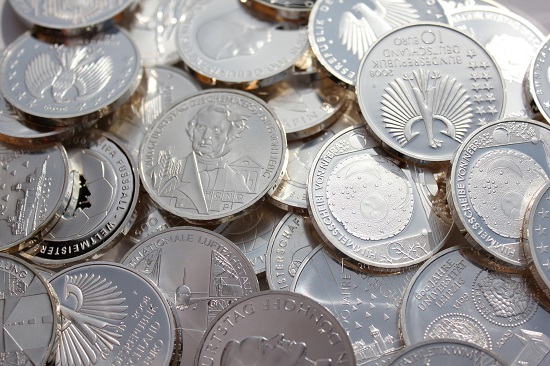
Coins and rounds may look almost identical at first glance, but they are very distinctive products with very different implications for investors.
Understanding these variances helps you choose the right product for your goals – whether that is long-term tax-efficient wealth protection, low-premium stacking, or simply buying the most metal for your budget.
Bullion coins are struck by sovereign mints and carry an official face value. They are classified as legal tender, meaning they benefit from strong market recognition, robust anti-counterfeiting features, and favourable tax treatment in the UK.
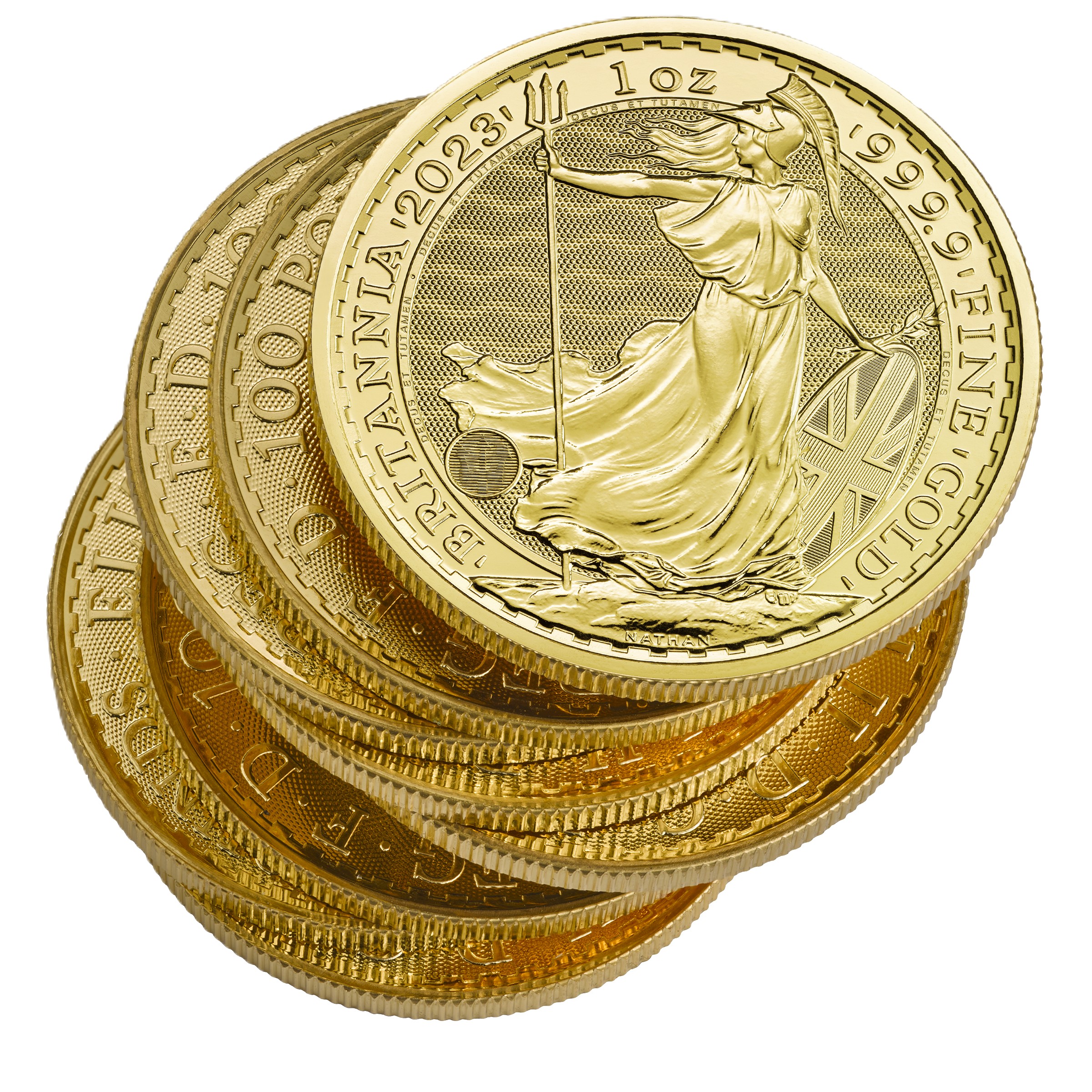
Rounds are privately minted pieces of gold or silver that look similar to coins but do not carry legal tender status. Their value is based entirely on their metal content.
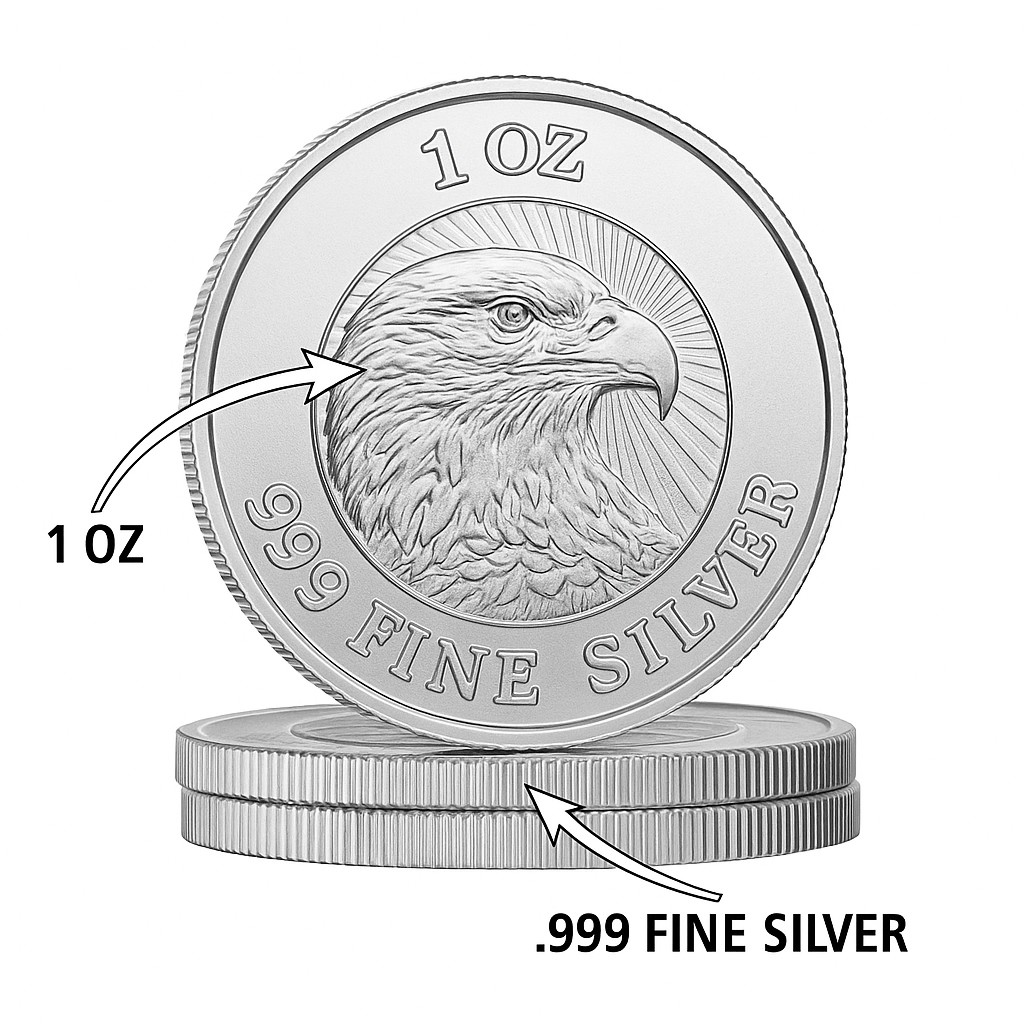
While rounds resemble coins, they are treated like bars for tax purposes.
Bars sit in an interesting middle ground between coins and rounds. Although they are shaped differently, bars are legally and financially closer to rounds than to coins. All three serve different investor needs, and bars often appeal to those prioritising efficiency, storage and low premiums.
Like rounds, bullion bars are not legal tender. They are produced by private refiners and precious-metal manufacturers rather than sovereign mints. This means bars do not have a face value, cannot be used as currency, and do not qualify for Capital Gains Tax exemption in the UK.
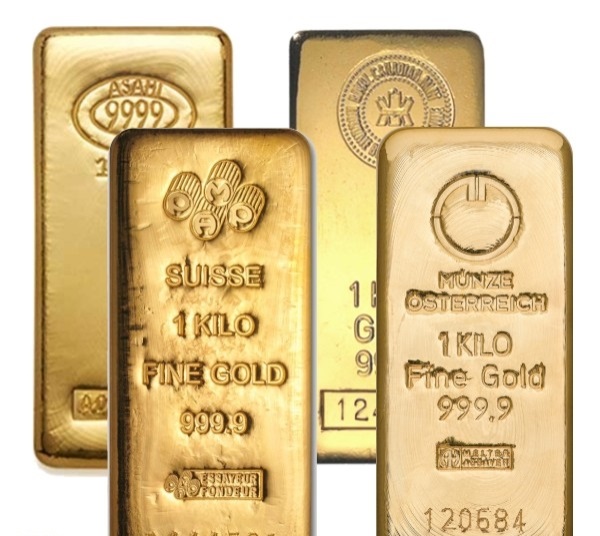
Unlike coins (strict, official designs) or rounds (creative, unlimited themes), bars tend to feature:
In theory, bars are typically the most cost-effective way to buy precious metal for one simple reason: they are cheaper to produce per gram than both coins and rounds.
Refiners can cast or mint bars with far less complexity than coin production, especially at larger weights (50g, 100g, 250g, 1oz, 100g, 1kg and above). This reduction in manufacturing cost results in lower premiums over spot compared with coins. This is difference is far more prominent when comparing silver products than gold.
However, bars smaller than 1oz in weight actually tend to be more costly than the equivalent size coins or rounds. This is perhaps due to the combination of losing their scale advantage at these small sizes and their inclusion of relatively expensive packaging compared to bullion coins.
It’s also worth noting that dealers discount coin prices for bulk purchases, closing a majority of the price difference when comparing with large gold bars.
Free ultimate guide for keen precious metals investor
The most important distinction between coins and rounds lies in their legal status and how they are treated for tax purposes.
Bullion coins are issued by sovereign mints and carry an official face value, which means they are recognised as legal tender. In the UK, this classification gives Royal Mint coins such as Gold Sovereigns and Gold Britannias a significant advantage: they are completely exempt from Capital Gains Tax for UK investors, allowing investors to realise gains without triggering a tax liability. Similarly legal tender coins produced in other countries will benefit its residents in the same way.
Rounds, by contrast, are produced by private mints and have no currency value at all. Because they are not legal tender, they do not qualify for CGT exemption and are treated simply as pieces of precious metal, making any gains subject to tax.
The legal differences extend beyond taxation: coins are required to meet strict design, branding and anti-counterfeiting standards set by their issuing government, whereas rounds face no such statutory requirements.
While both offer a way to invest in physical metal, the regulatory framework makes coins far more advantageous for UK investors focused on long-term, tax-efficient growth.
Further Reading: Tax Implications for Gold and Silver Investors
Our automated portfolio creator will help you choose the ideal selection based on your budget and objectives.
Coins follow strict designs approved by national authorities. Rounds, however, offer almost unlimited design possibilities, ranging from patriotic motifs to wildlife, historical events, or even novelty themes.
Want to learn more about building a coin collection? Read our comprehensive coin collecting guide.
Coins and rounds are often made to similar purity levels, but the standards behind them differ. Bullion coins follow strict, government-set specifications, such as the Gold Britannia’s 999.9 fineness or the Gold Sovereign’s historic 22-carat alloy, ensuring consistency and guaranteed quality.
Rounds, meanwhile, are produced by private mints, so their purity can vary slightly depending on the manufacturer, although many are minted to 999 or 999.9 fineness. Despite looking visually similar, the underlying regulation and assurance attached to a coin’s purity is far more rigorous than that of a privately minted round.
Some coins incorporate advanced security features, such as micro-lettering, latent images, privy marks and complex radial lines, all of which are extremely difficult for counterfeiters to replicate accurately.
These elements are engineered by sovereign mints specifically to protect investors, making it far easier to verify a coin’s authenticity at a glance. The benefit goes beyond peace of mind: strong anti-counterfeiting technology helps maintain trust in the market, supports higher liquidity and ensures that coins can be bought and sold confidently anywhere in the world.
In contrast, rounds generally do not offer this level of protection. Because they lack these embedded security measures and are produced by private mints with varying standards, they are easier to counterfeit, and buyers may need to take additional steps to confirm authenticity.
Learn all there is to know about coin grading.

Source: RoyalMint.com The Gold and Silver Britannia coins are amongst the most counterfeit-proof on the market
Choosing between coins and rounds ultimately comes down to your investment goals, budget and long-term strategy. Although both give you exposure to precious metals, they offer very different advantages in terms of tax efficiency, liquidity, premiums and resale value. Understanding how each option performs in practice helps you decide which best aligns with the way you plan to build and hold your portfolio.
Coins are ideal if you want:
Most investors building a long-term portfolio choose coins for their tax efficiency and ease of resale.
Further Reading: Why Buy Gold Coins?
Rounds are a good fit if you want:
Investors who are simply stacking silver for weight often favour rounds.
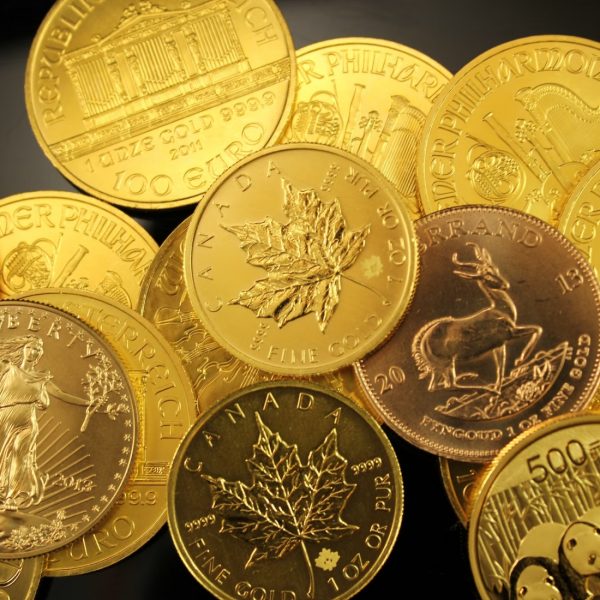
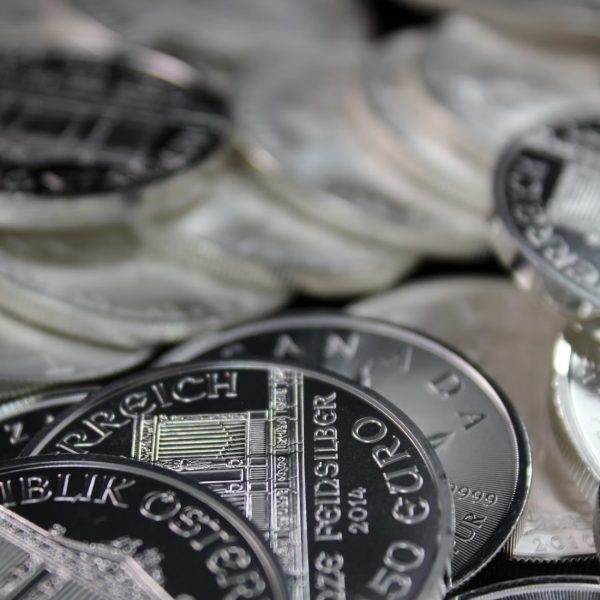
“Rounds are just cheaper coins”
Not true – they carry different legal statuses and tax implications.
“Rounds are lower quality”
Not necessarily; many private mints produce exceptional quality, but they are not currency.
“Coins always have higher premiums”
Some mass-market coins (Sovereigns, Britannias, and Krugerrands for example) can be close to spot.
Use this quick checklist:
Possibly, depending on your objectives and priorities. They’re an affordable way to gain exposure to gold or silver at low premiums.
No. Only UK legal tender coins from The Royal Mint are CGT-exempt for UK investors.
Coins offer tax advantages and stronger liquidity, making them a popular starting point. Their intricate designs and security features also minimize the chance of buying fakes.
They track the metal spot price, but rarely gain collector value. They may be slightly harder to sell than bullion coins.
Coins and rounds may look similar, but they serve different purposes. Coins offer legal tender protection, CGT exemption, and strong resale markets – ideal for long-term portfolio building. Rounds provide an affordable way to accumulate metal weight at low premiums and appeal to stackers who prioritise cost over collectability.
Understanding these differences ensures you choose the right product for your needs and make the most of your investment strategy.
Live Gold Spot Price in Sterling. Gold is one of the densest of all metals. It is a good conductor of heat and electricity. It is also soft and the most malleable and ductile of the elements; an ounce (31.1 grams; gold is weighed in troy ounces) can be beaten out to 187 square feet (about 17 square metres) in extremely thin sheets called gold leaf.
Live Silver Spot Price in Sterling. Silver (Ag), chemical element, a white lustrous metal valued for its decorative beauty and electrical conductivity. Silver is located in Group 11 (Ib) and Period 5 of the periodic table, between copper (Period 4) and gold (Period 6), and its physical and chemical properties are intermediate between those two metals.